Looking For A list of Different types of Sweetgum Trees
John near Toledo
11 years ago
Featured Answer
Comments (10)
Iris GW
11 years agoEmbothrium
11 years agoRelated Professionals
River Forest Landscape Architects & Landscape Designers · Garden City Landscape Architects & Landscape Designers · Byram Landscape Contractors · Cliffside Park Landscape Contractors · Fairhope Landscape Contractors · Riverhead Landscape Contractors · Salem Landscape Contractors · St. Louis Landscape Contractors · Reisterstown Landscape Contractors · Guilford Siding & Exteriors · Kennewick Siding & Exteriors · Thornton Siding & Exteriors · American Fork Decks, Patios & Outdoor Enclosures · Roseville Decks, Patios & Outdoor Enclosures · Glendale Decks, Patios & Outdoor Enclosuresjqpublic
11 years agolcadem
11 years agojimbobfeeny
11 years agodrrich2
11 years agoToronado3800 Zone 6 St Louis
11 years agolcadem
11 years agohairmetal4ever
10 years ago
Related Stories

LANDSCAPE DESIGNThe 7 Best Plant Types for Creating Privacy and How to Use Them
Follow these tips for using different kinds of plants as living privacy screens
Full Story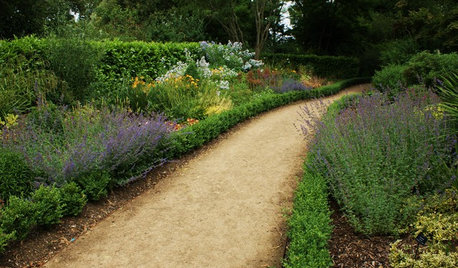
LANDSCAPE DESIGN5 Gravel and Stone Types for a Rockin' Landscape
Give your garden design some textural bam with pebbles, granite, river rocks and other permeable materials
Full Story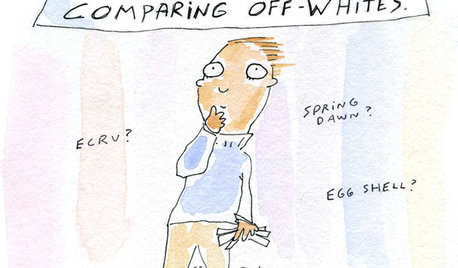
MOST POPULAR8 Clues You're a Creative Type
You always knew you were different. And if these traits fit, now you'll know why
Full Story
FALL GARDENING11 Trees for Brilliant Fall Color
Give your landscape the quintessential look of autumn with the red, orange and yellow leaves of these standouts
Full Story
DECLUTTERING10 Types of Clutter to Toss Today
Clear the decks and give the heave-ho to these unneeded items
Full Story
LIFECondo, Co-op, Townhouse, TIC — What's the Difference?
Learn the details about housing alternatives so you can make a smart choice when buying a home
Full Story
KITCHEN DESIGN8 Mirror Types for a Fantastic Kitchen Backsplash
Create the illusion of more space, add bling or just go for an unexpected look with a mirrored backsplash that suits your kitchen's style
Full Story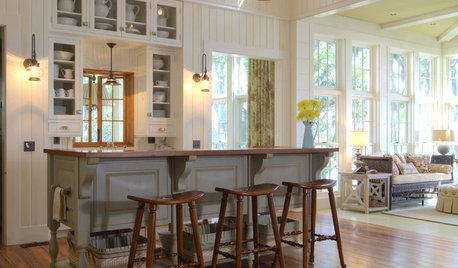
KITCHEN DESIGN9 Flooring Types for a Charming Country Kitchen
For hardiness and a homespun country look, consider these kitchen floor choices beyond brand-new wood
Full Story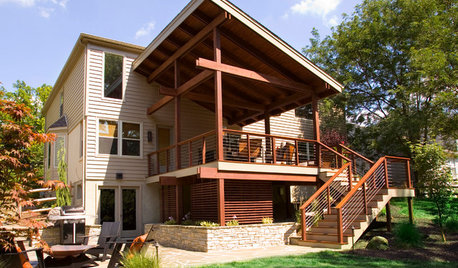
MOST POPULARSee the Difference a New Back Deck Can Make
A dramatic 2-story porch becomes the centerpiece of this Ohio family’s renovated landscape
Full Story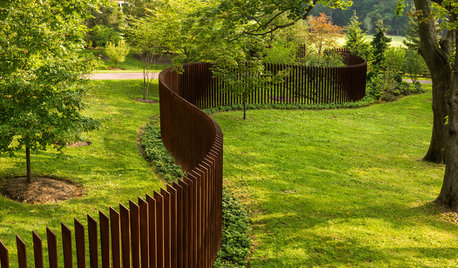
FENCES AND GATES12 Delightfully Different Garden Walls and Fences
If pickets seem picked over and you shrink from chain link, try these full-of-personality fencing alternatives
Full StoryMore Discussions










ken_adrian Adrian MI cold Z5